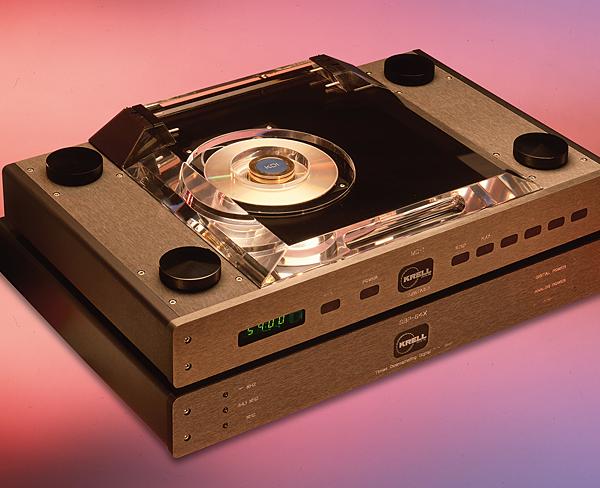Disc Players
Sort By: Post DateTitle Publish Date
|
Jun 22, 2020 |
First Published: Sep 01, 1994
|
Jun 01, 2025 |
First Published: Nov 01, 2024
|
Jun 04, 2025 |
First Published: May 01, 2025

 The world's greatest single-box CD player? The Wadia 16 may be even better, since it's also a digital preamplifier. Martin Colloms listens...
The world's greatest single-box CD player? The Wadia 16 may be even better, since it's also a digital preamplifier. Martin Colloms listens...

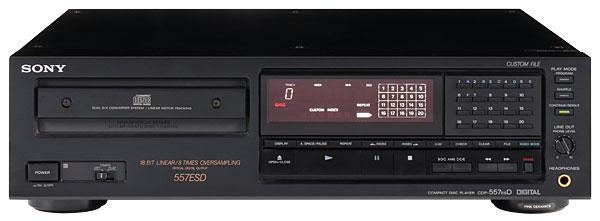
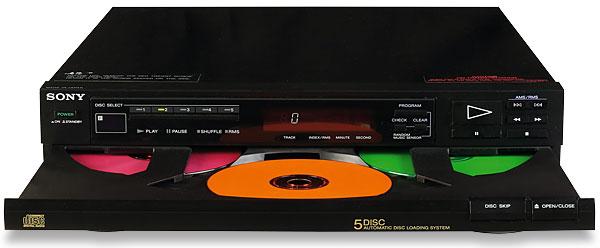

 The iconic Sony Discman evolved into a full family of niche versions, including specific in-car and ‘Sports’ models, the latter designed for the beach. We slap on the factor 50!
The iconic Sony Discman evolved into a full family of niche versions, including specific in-car and ‘Sports’ models, the latter designed for the beach. We slap on the factor 50!
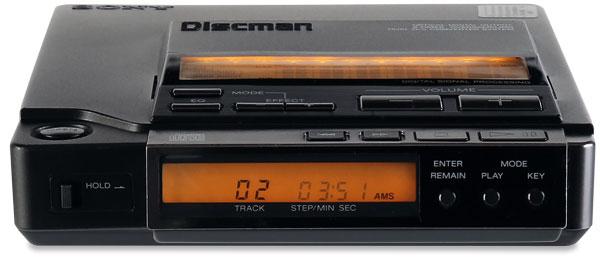
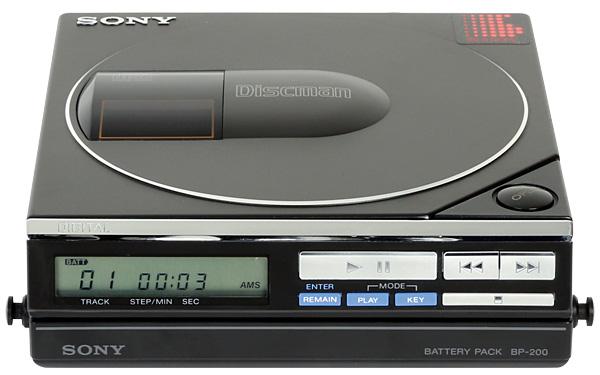


 Still big in Japan, the SACD takes pride of place in Soulnote's 'ultimate digital playback system' that also includes the option of digital filterless conversion and external clocking
Still big in Japan, the SACD takes pride of place in Soulnote's 'ultimate digital playback system' that also includes the option of digital filterless conversion and external clocking
